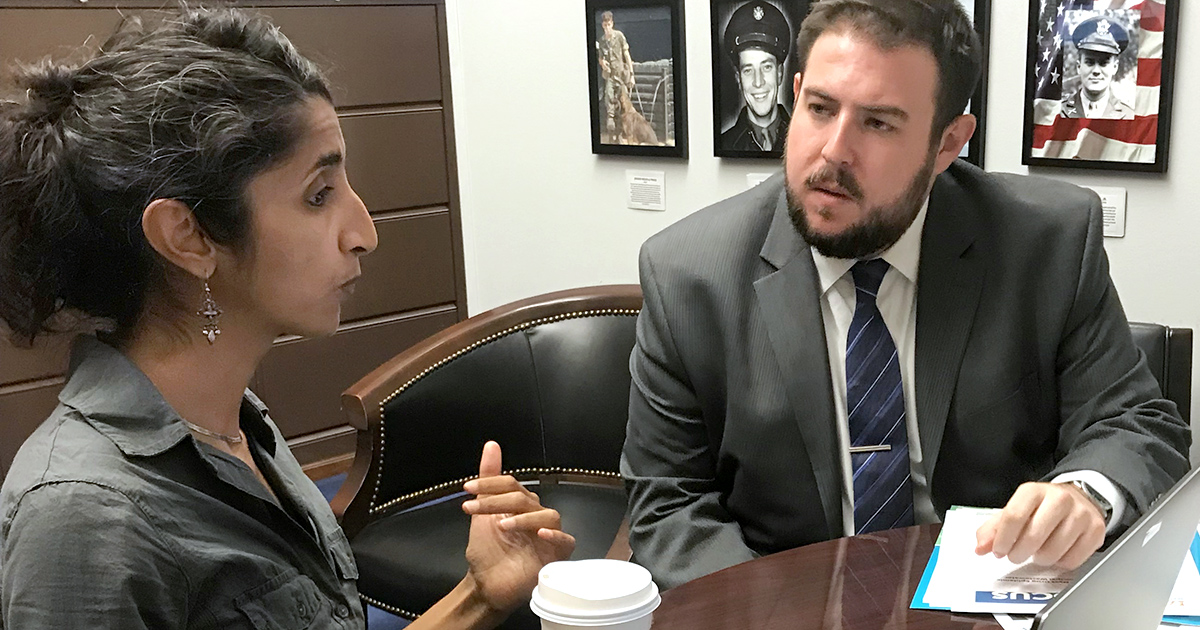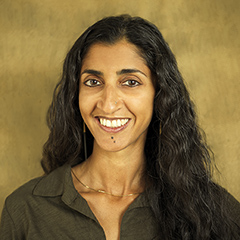Before coming to Mathematica, I worked as a biostatistician, running clinical trials to conduct head-to-head comparisons of treatments for different cancers and psychiatric disorders. Although I enjoyed digging into which patients benefitted most and looking at the balance of efficacy versus safety, I was frustrated by a lack of focus on prevention. So much energy went into eking out a few more disease- or symptom-free months, with little attention paid to how the disease might be prevented or the influence of environmental and lifestyle factors. When I looked into other career options, I was interested in finding work that focused on a more system-level view of health to see how policies and programs can interact with individual and community initiatives to avert the worst health outcomes, from hospitalizations to drug overdoses to deaths.
That system-level view of health is exactly what I found at Mathematica.
As a generalist at heart, I love the variety embedded into our work here. Some aspects remain consistent, like the use of high-quality data and statistical analysis to advance public health. But the specific questions we investigate, the breadth of skills I’m able to draw on, and who I work with change from project to project. I’ve helped conduct a formal impact evaluation of a local pandemic response program; build an online dashboard to bring attention to the unique health risks that opioid misuse poses to women of child-bearing age, including unintended pregnancies, neonatal opioid dependence, and child protective services involvement; and provide advisory services on using wastewater monitoring to assess population health. Each new role comes with a new set of collaborators, and I enjoy partnering with passionate people who have the drive and capacity to make a difference—whether they’re from a state or local public health department, federal agency, or global foundation.
My recent focus has been on the COVID-19 pandemic, but my first seven years at Mathematica illustrate the diversity of topics one can pursue to build evidence that improves public health and well-being. I’ve helped generate insights about hepatitis C service delivery, changes in out-of-pocket payments for insulin, opioid and illicit drug use, cannabis legalization, heart disease prevention, disparities in health care delivery, and the health effects of extreme heat due to climate change. A major factor that drew me to Mathematica is that, in one place, there’s a wealth of opportunities to learn and grow in different areas. Typically, such diversity of experience would require repeatedly changing jobs.
Growth also stems from taking risks. Employee ownership plays a key role in defining Mathematica’s culture, and employees are encouraged to break new ground in ways they believe will benefit the organization and the larger ecosystem of those who look to data to inform decisions and actions. For example, about six years ago, my colleagues and I pursued an innovative idea to help address a pressing need: we investigated whether wastewater monitoring could give communities a new tool to address the opioid epidemic. While this approach typically had been used to monitor illicit drug use, we saw that the same methods could help communities identify where opioid use was highest, whether the mix of drugs used was changing over time, and how emergency response could be focused in a community. At the time, few communities in the United States were routinely collecting wastewater samples to assess trends in drug use, despite such programs existing in other countries. Recognizing the promise of wastewater data to fill critical knowledge gaps about opioid use, we wrote a research brief that described our vision. We then garnered interest from policymakers and engaged officials working in public health, public safety, and water quality assessment by convening a symposium funded by a foundation.
We were unsure where exactly the wastewater research would lead, but given the potential of this approach to enable rapid response to an urgent crisis, we were emboldened to act. We helped start a national conversation that led to new federal funding streams to boost capacity for this work, and an increased number of local governments harnessing wastewater to identify alarming trends in community opioid use. When COVID-19 arrived in the United States, we helped raise awareness about the potential of wastewater testing to overcome blind spots in individual diagnostic testing data, and now we’re working with communities across the country to optimize their use of wastewater data for current and future public health issues.
A more nascent example of how we’re creatively breaking new ground comes from our work at the intersection of climate change and health. A couple of years ago, as Mathematica developed its 15-year strategic vision, the company’s senior leadership sought feedback from staff on the most urgent issues facing society—issues we would have to help confront if we wanted to deliver on our mission to improve public well-being. The top issue identified was climate change, and I was pleased to play a part in determining how we could help communities address the climate crisis. One early approach we took was to develop ClimaWATCH, a digital tool that brings together health and environmental data to visually explore how exposure to extreme heat differentially affects communities, how vulnerability magnifies those effects, and how the fallout manifests in our health systems.
Both the wastewater and climate change work I direct feature an increasingly crucial element of our work at Mathematica: sharing data-driven insights through interactive data visualizations and dashboards to make evidence more accessible and relevant. Evidence-oriented organizations like Mathematica are undergoing digital transformation, which opens the door for dynamic mappings, graphs, and tables that pull from multiple data sources; information displayed in intuitive, user-friendly formats; and continuously updated displays with the most current information. The company’s strategic plan and technological advances in data visualization software make this type of work increasingly central.
In many ways, my interest in data visualization also stems from personal passions. In parallel with my public health research, I’ve pursued a career as a classical dancer and choreographer (and merged the two in a Fulbright study to characterize diversity in Indian dance traditions using statistics). I regularly test disciplinary boundaries alongside my husband Casey Lance Brown, a designer and landscape futurist. Through our artistic and research collaborations, I’ve become keenly aware of the power of visual language; a graph, diagram, or infographic can convey information quicker and more effectively than text, bridging language gaps.

Aparna and her husband, Casey Lance Brown. Their shared pursuit of blending research and artistic design have informed Aparna’s work on data visualizations and interactive dashboards for Mathematica.
There is a strong sense of purpose in the collaborative work we do at Mathematica, and I’m deeply fulfilled by the opportunities that exist here to conduct research across an array of disciplines. It’s incredibly meaningful to work at a place where I can apply my knowledge and creativity to not only respond to current global crises, but help envision and develop strategies to prevent future ones, too.



